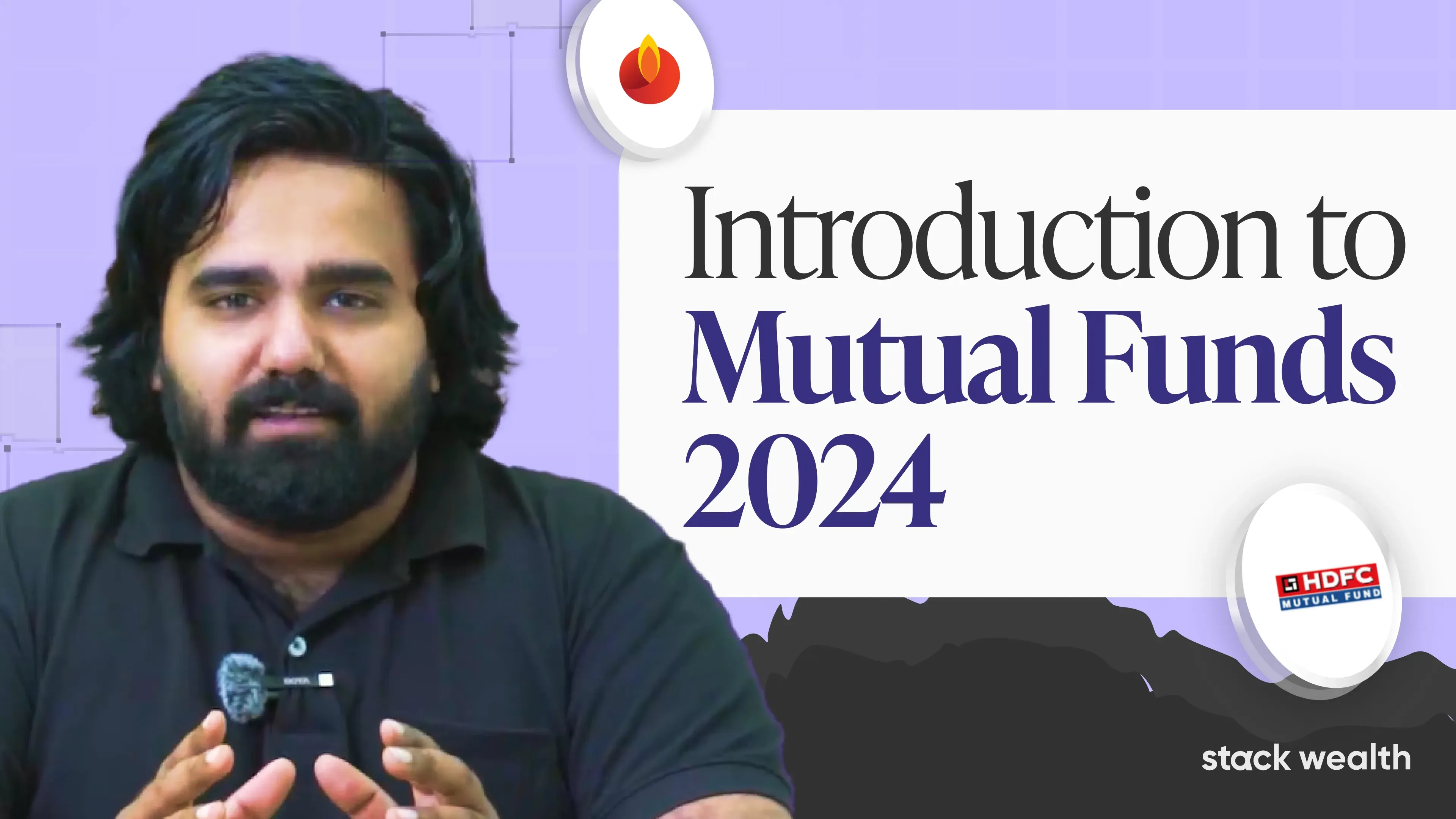Table of Contents
View All ![]()

View All ![]()
Example of Risk-Return Trade-Off
Importance of Risk-Return Trade-Off
How Is Risk-Return Trade-Off Calculated in Mutual Funds?
How Is the Risk-Reward Ratio Calculated?
Conclusion
Every investor faces a decision between risk and reward when it comes to investing. In simple terms, the Risk-Return Trade-off refers to the relationship between the potential risk and the potential return of an investment. Higher returns usually come with higher risks; understanding this balance is essential for making informed decisions. Whether you’re looking to invest in stocks, bonds, or mutual funds, knowing how the risk-return trade-off works will help you find the right investment for your goals.
Imagine two investment options to choose from. The first option is a savings account with a guaranteed 4% annual interest rate. It’s safe, and there is little to no risk of losing money. However, the return is also relatively low.
The second option is to invest in stocks. The potential for returns is much higher, 10% or more, but so is the risk. The value of stocks can go up and down, and there’s a chance of losing money, especially if the market is volatile.
This is where the Risk-Return Trade-Off comes into play. The savings account, though safe, offers lower returns. Stocks, while offering higher returns, come with the possibility of losses. If you choose stocks, you accept more risk in exchange for the potential of higher returns. On the other hand, if you prefer safety, the savings account offers lower returns but guarantees that your money will stay secure.
Both options have their pros and cons. Your decision depends on your comfort with risk and financial goals. If you’re okay with taking some risks for a chance at higher returns, stocks might be for you. If you prefer safety, a savings account could be a better choice.

When it comes to investing, understanding the risk-return trade-off is crucial. It is a guiding principle that can shape how and where we invest our money. Here’s why it matters:
The risk-return trade-off in mutual funds is calculated by looking at both the returns and the risk involved. Here’s how it works:
Historical Returns
One of the main ways to assess the risk-return trade-off is by looking at the mutual fund’s past performance. The average return over the years can give an idea of the potential returns. For example, if a fund has given 10% returns on average for the last five years, this can help estimate future returns.
Risk or Volatility (Standard Deviation)
Risk is measured by how much the fund’s returns go up and down. This is called volatility or standard deviation. If a fund’s returns change significantly, it has high risk. If the returns are more stable, the risk is lower.
Risk-adjusted Return
Investors often look at the risk-adjusted return to better understand how well the fund performs relative to the risk. This helps compare funds with different risk levels but similar returns. A common measure is the Sharpe Ratio, which compares the fund’s return to the risk taken.
Also Read: What is CRISIL Rating: Rankings, Ratings and Schemes
The risk-reward ratio helps to understand the balance between the potential gain and the risk involved in an investment. It is a simple way to assess whether the possible reward is worth your risk.
To calculate the risk-reward ratio, you use this formula:
Risk-Reward Ratio = Potential Loss / Potential Gain
Example:
Suppose you invest ₹10,000 in a stock with the expectation that it could rise to ₹30,000. If the stock price falls instead, you may lose ₹10,000.
In this case, the potential loss is ₹10,000, and the potential gain is ₹30,000.
Using the formula, the risk-reward ratio would be:
Risk-Reward Ratio = ₹10,000 / ₹30,000 = 1:3
This means for every ₹1 you risk, you could potentially make ₹3 in return. The higher the ratio, the more attractive the investment becomes because the reward is higher compared to the risk.
In conclusion, the Risk-Return Trade-off is a vital concept for any investor. By understanding this balance, you can make more informed decisions and choose investments that match your risk tolerance and financial goals. Remember, higher returns come with higher risks, so always ensure you’re comfortable with the risks before investing.

A seasoned investment professional with over 17 years of experience in AIF and PMS operations, investments, and research analysis. Abhishek holds an Executive MBA from the Faculty of Management Studies, University of Delhi, and has deep expertise in securities analysis, portfolio management, financial analytics, reporting and derivatives.
Disclaimer: This information is for general information purposes only. Investments in the securities market are subject to market risks, read all the related documents carefully before investing.
Impress your coworkers with your finance insights


20 MinsMutual Funds
A Beginner's Guide to Mutual Funds in 2024

8 MinsSIPs
How SIPs Help You Beat the Market with Rupee Cost Averaging

11 MinsSIPs
SIP vs. Lumpsum Mutual Fund Returns: Which is Better?
Scan this QR to download the App

